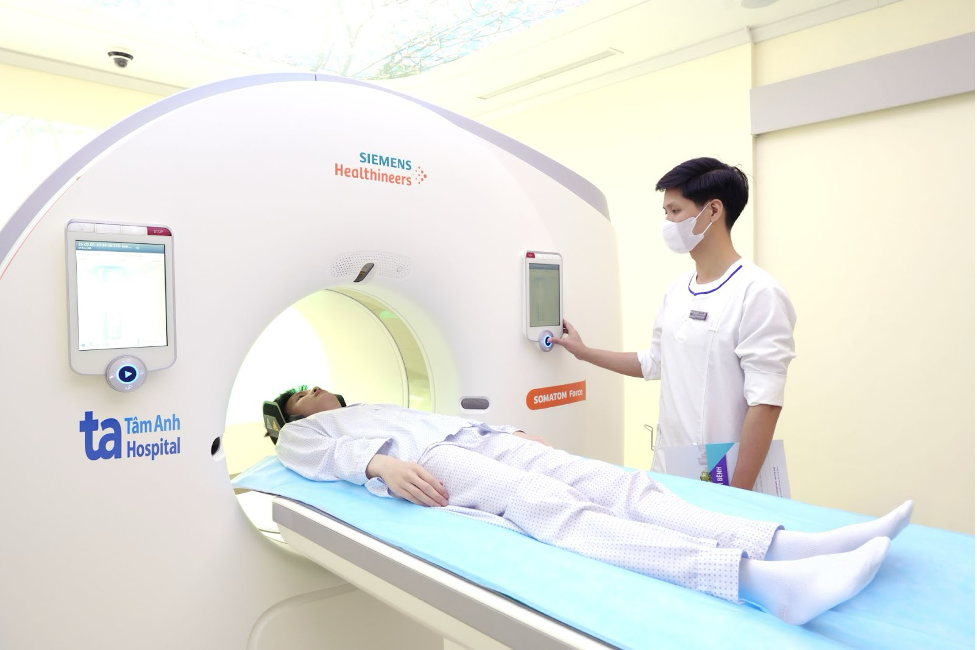Answer:
A transient ischemic attack (TIA) is a temporary episode of neurological dysfunction caused by reduced blood flow to the brain, spinal cord, or retina. It doesn't show up as a stroke on brain imaging. A TIA can be an early warning sign of an ischemic stroke.
A common cause of TIA is a temporary narrowing or blockage of a brain artery due to atherosclerosis or a blood clot. The clot can form in the brain's blood vessels or travel from the heart or carotid arteries. Risk factors include older age, cardiovascular diseases (high blood pressure, atrial fibrillation, intracardiac thrombus, heart valve disease), diabetes, lipid disorders, smoking, obesity, lack of physical activity, a high-salt diet, excessive alcohol consumption, and use of birth control pills. A family history of stroke also increases the risk.
Common symptoms include sudden numbness in the face, arm, or leg, often on one side of the body. Some individuals experience difficulty speaking, understanding others, or loss of coordination. Temporary vision loss or blurring in one or both eyes can occur. Dizziness, loss of balance, and severe headaches are also possible.
If you experience symptoms suggestive of a TIA, seek medical attention at a facility with a neurology department. Doctors may recommend an MRI or CT scan of the brain, vascular ultrasound, and blood tests to identify the cause and provide timely treatment, reducing the risk of stroke.
 |
A patient undergoes a CT Somatom Force VB30 scan for stroke screening at Tam Anh General Hospital. Photo illustration: Linh Dang. |
Managing blood pressure within the recommended range, maintaining stable blood sugar levels, lowering cholesterol, quitting smoking, and maintaining a healthy weight can help prevent TIAs and strokes. A diet rich in fruits, vegetables, fish, and whole grains, with limited salt, sugar, and saturated fat, is beneficial. Aim for at least 150 minutes of physical activity per week and avoid excessive alcohol consumption. Individuals with heart conditions should adhere to their treatment plans and attend regular check-ups.
The goal of treatment after a TIA is to prevent a stroke. In addition to antiplatelet or anticoagulant medications, doctors may prescribe medication to lower blood pressure and blood lipids. In cases of severe carotid artery stenosis, doctors may perform angioplasty and stenting or endarterectomy. Individuals who have experienced a TIA require regular health monitoring and follow-up appointments to assess their brain and heart health and manage risk factors.
MSc. Dr. Le Thi Thu Van
Department of Neurology and Stroke
Tam Anh General Hospital, Hanoi
| Readers can submit questions about neurological conditions here for doctors to answer. |












